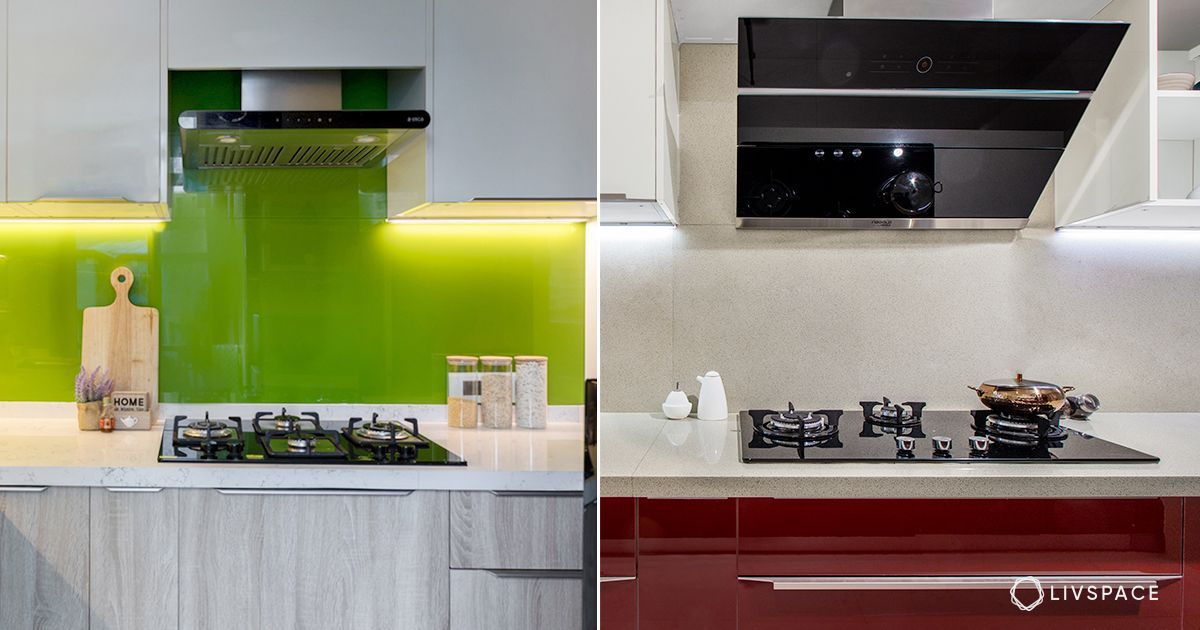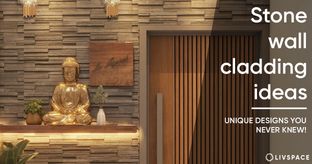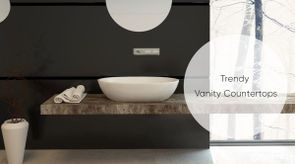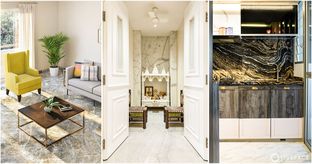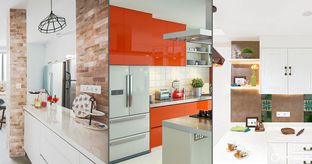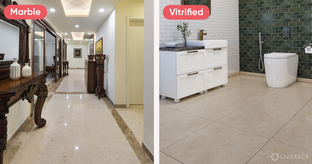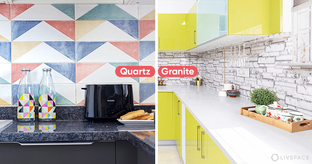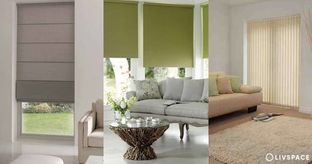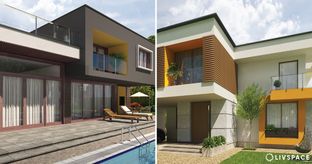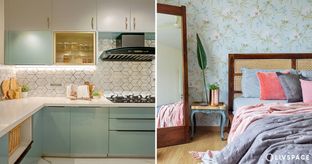In This Article
- What Is Kalinga Stone?
- The Kalinga Stone Range: Marble and Quartz
- Kalinga Marble
- Kalinga Stone Quartz
- Kalinga Stone Price
- Kalinga Stone vs Quartz
- Kalinga Stone vs Granite
- Kalinga Stone Colours
- What to Watch Out For:
- Why Use This Stone in Indian Kitchens?
- Where to Use This Engineered Material?
- How Can Livspace Help You?
Gone are the days when you can’t think beyond granite for your countertop. Several Indian homes are opting for trendier choices. Enter Kalinga stone!
From setting a modern vibe to being low-maintenance by nature, this engineered stone is a top contender for countertop options available in the market now. It’s also available in a wide variety of colours. Ranging from hues of grey, white, and brown among several others, you can find Kalinga stone colours based on your tastes and preferences.
Here’s all you need to know about this material before you finalise this material for your kitchen countertop.
What Is Kalinga Stone?

Kalinga stone is an engineered stone of veined marble and quartz that comes in over 150 designs and shades to suit your interiors. Moreover, Kalinga stone quartz also offers the steadfastness and durability of quartz, making it an ideal addition to a bustling kitchen. This countertop option is fast becoming interior designers’ and architects’ preferred engineered stone.
Also Read: Why Are Quartz Countertops Perfect for Your Kitchen?
The Kalinga Stone Range: Marble and Quartz
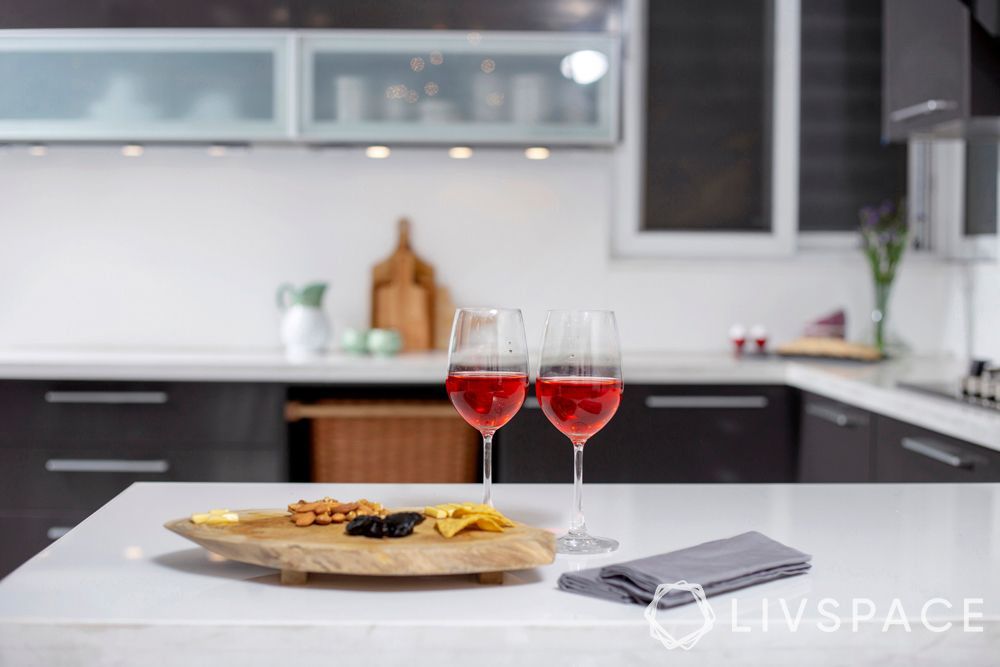
The Kalinga marble range, as suggested by the name, is evocative of Italian marble but much higher in durability and usability. It imitates the natural striations of marble. But the engineered quality of stone makes it that much easier to cherry-pick the right consistency, thickness and colour for your kitchen interiors.
The Kalinga stone quartz range draws a balance of aesthetics and functionality. Quartz is one of the hardest minerals in the world, therefore much stronger than everyday countertop choices like granite and marble. It’s also easy to maintain and wipe down.
Kalinga Marble
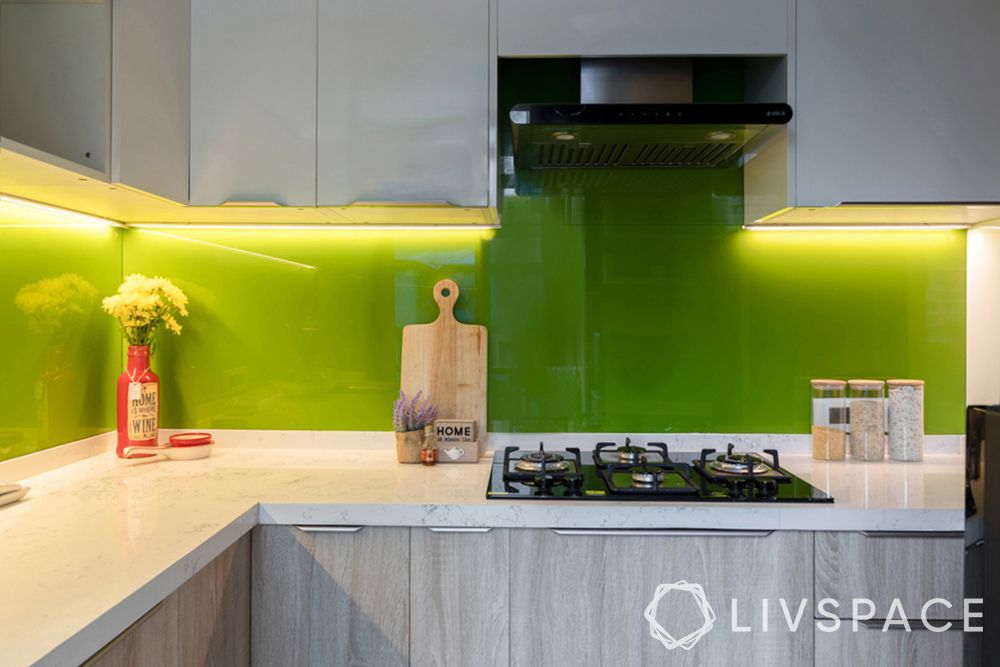
If you’ve ever cringed when you set a pot down too hard on the kitchen countertop, consider installing Kalinga stone marble. Before knowing Kalinga marble price and other details, you should understand its benefits. It’s much tougher than regular marble – the natural aggregates, resins and binders make for a stone that is virtually resistant to damage.
This makes it a viable option for high-foot-traffic areas like kitchens, where spills and breaks are common. The veined patterns also lend an upscale look to the design, mirroring the lavish impression of natural marble.
The marble variety is low in porosity levels. This means it will not absorb water or other liquids, making it easier and quicker to wipe spills and leaks.
The wide range of Kalinga stone colours allow for consistency in design. Natural marble tends to differ in colour and vein pattern over a large area. Since it is engineered, the colours, sizes and patterns are much more uniform. It may also prove to be cost-effective in the long run when compared to the costs of sourcing and installing natural marble.
Kalinga Stone Quartz
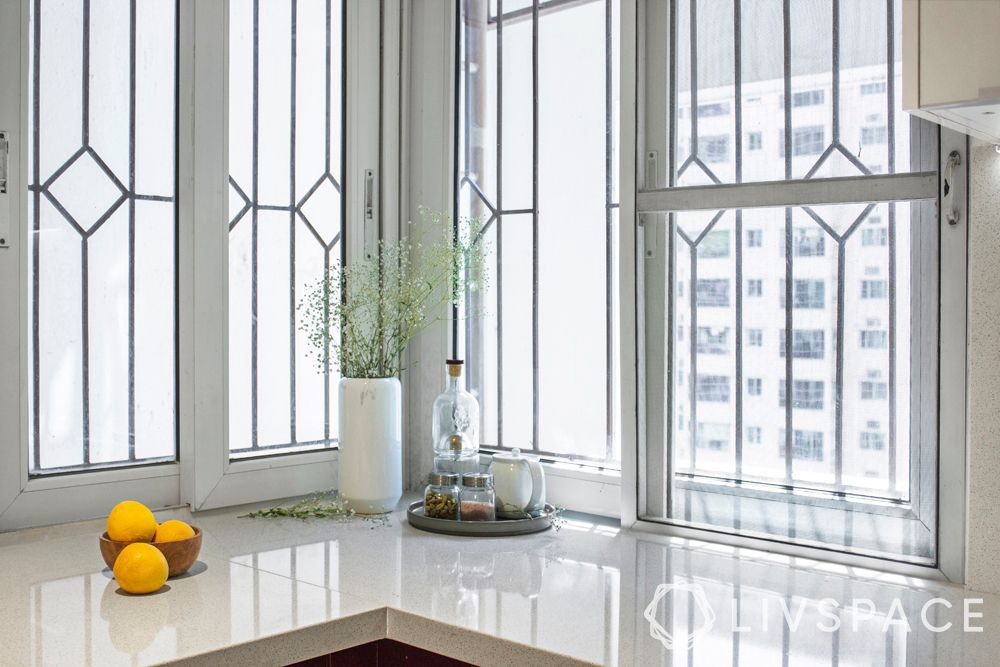
If you prefer low maintenance and high durability above all, quartz is your go-to option. Before finding out about Kalinga quartz price, let’s understand this material.
Quartz is much stronger than other engineered slabs and virtually scratch-resistant. It’s also non-porous. So spills aren’t absorbed and can be easily wiped off. It is also said to be bacteria-free. This means there’s really no need for sealing.
Like Kalinga stone marble, the quartz range also claims to be low-maintenance. The standard-sized slabs are available in varying thicknesses and colours to match your desired colour palette, cabinetry and fixtures.
Kalinga Stone Price
There are more than 150 types of designs and you can expect Kalinga stone price to range from ₹1000 – 2000 per sq. ft. However, before you start calculating the Kalinga stone price, you should remember that purchasing is on a slab level and not a sq. ft. level. This is the case for both Kalinga quartz price and Kalinga marble price. Each slab is around 49.17 sq. ft. (3150mm x 1450mm). The cost of a slab is around ₹48k to ₹98k (inclusive of all taxes). This includes cost of material, installation, transportation and taxes.
Kalinga Stone vs Quartz
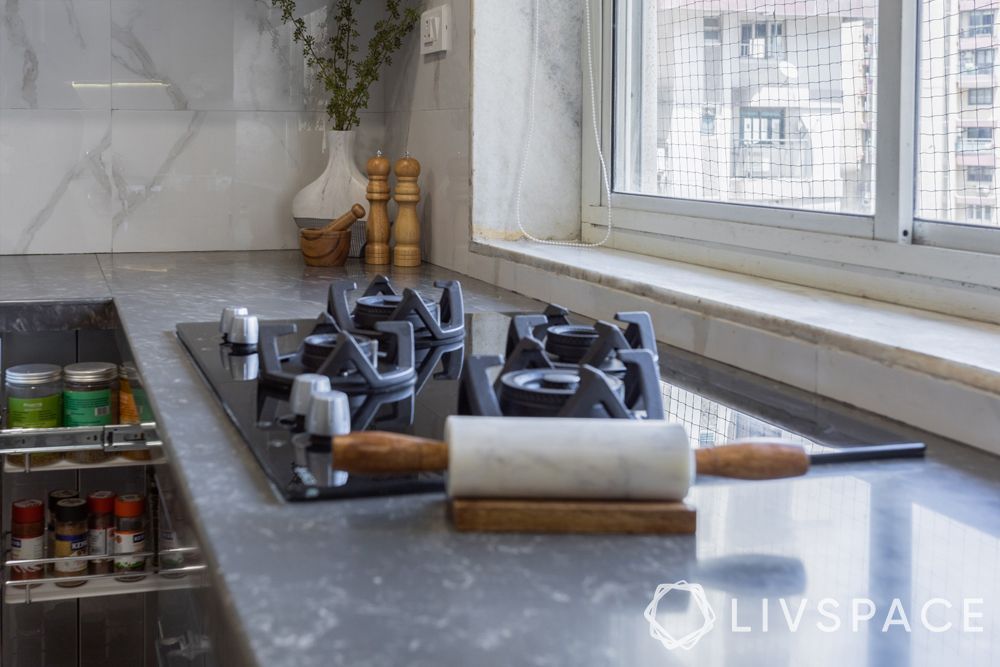
When it comes to Kalinga stone vs quartz, which is the best option for you? It all depends upon your needs and requirements. Both Kalinga tiles and quartz are non-porous, making them perfect options as a kitchen countertop material. However, Kalinga stone is much more durable than quartz. It also comes with anti-microbial properties.
Kalinga Stone vs Granite
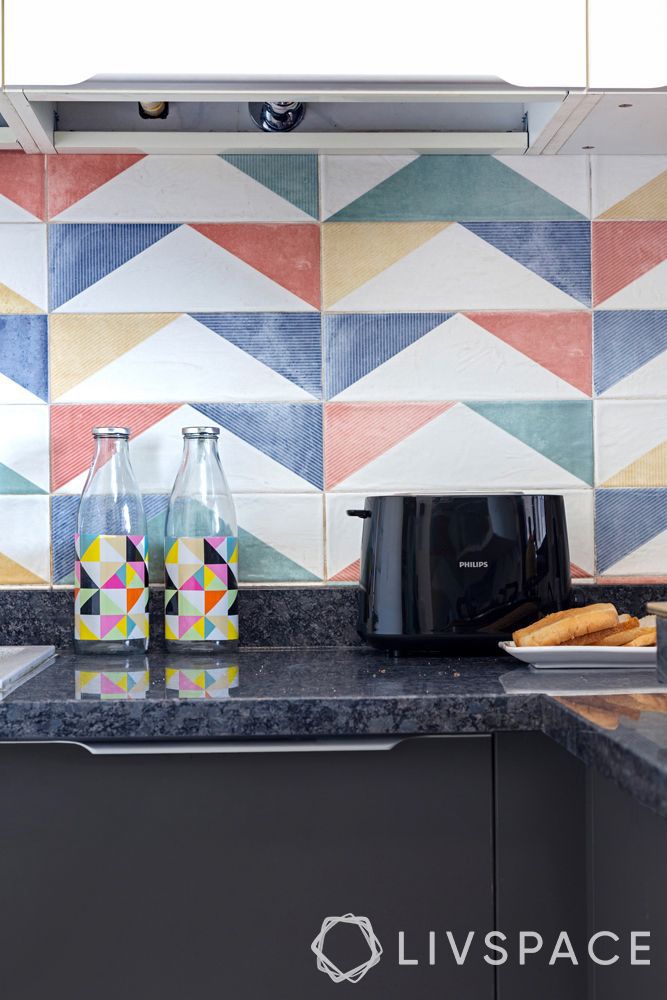
Over the years, granite has been the go-to material for countertops. But between granite and Kalinga engineered material, which should you choose? When it comes to durability, granite has high strength and is heat and scratch-resistant. At the same time, it is also a cost-effective solution. Kalinga stone, on the other hand, isn’t heat or scratch-resistant but has anti-microbial properties. It is also food-grade certified. Also, its aesthetic beauty gives it a clear advantage over granite.
Kalinga Stone Colours
There are a wide range of Kalinga stone colours available in the market. While white is the most common, Kalinga stone colours ranging from black to red to blue are also available as options.
What to Watch Out For:
- Since Kalinga tiles and stones are engineered, each slab is very much like the other. This is a disadvantage for those who prefer the curious imperfections and variations in the colouring and striations of marble.
- If the slabs aren’t fitted together properly, you may see seams at the joints, especially if the slabs are lighter in colour. This could disturb the seamless appearance of the design but more importantly, allow dust and residue to stick in the cracks.
- Another disadvantage to consider is that quartz is prone to discolouration when under direct sunlight. If just one part of the countertop is constantly exposed to direct harsh sunlight, you may notice an inconsistency in colour over time.
Also, Kalinga tiles can be used for flooring, singular facades and staircases. It is an option worth considering for kitchen and bathroom countertops. It comes very close to natural marble and quartz in terms of aesthetics but is higher in strength and durability.
Why Use This Stone in Indian Kitchens?
A wide variety of materials are now available in the market for your kitchen countertops. So why should you choose this material? One of the biggest advantages of this engineered material is the durability it offers. This is especially useful in Indian kitchens. In addition, it is also aesthetically pleasing and available in a wide variety of colours.
Where to Use This Engineered Material?
Kitchen countertops are the obvious place to use this material. However, there are several other places where you can use this material. From flooring to table tops, This engineered material is a stunning and durable choice. You can even use this material on your walls.
Read more about various countertop options here: The most popular countertop options.
Also Read: Granite vs Quartz: Cost-Effective Factors When Picking the Best Kitchen Countertop
How Can Livspace Help You?
We hope you found our ideas useful! If you want your home to be just as beautiful, then look no further. Book an online consultation with Livspace today.
